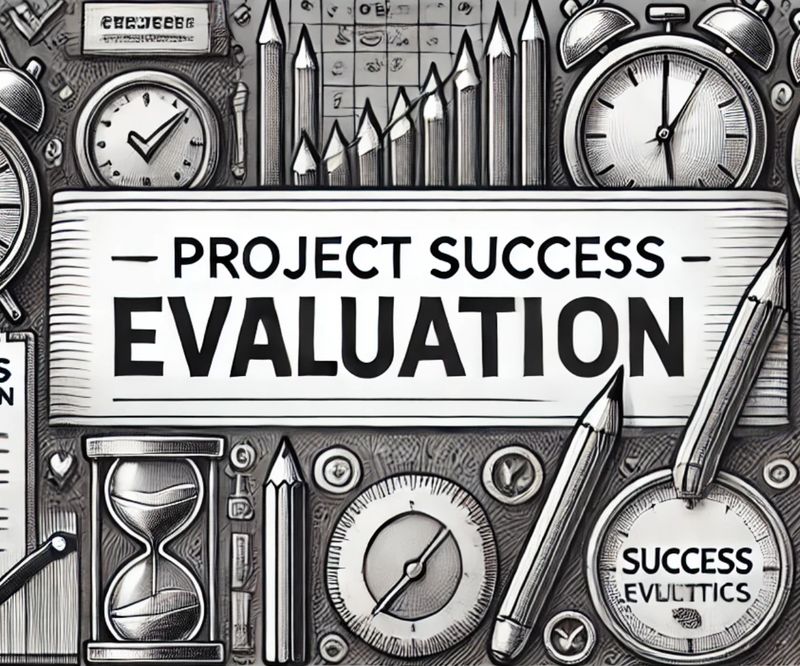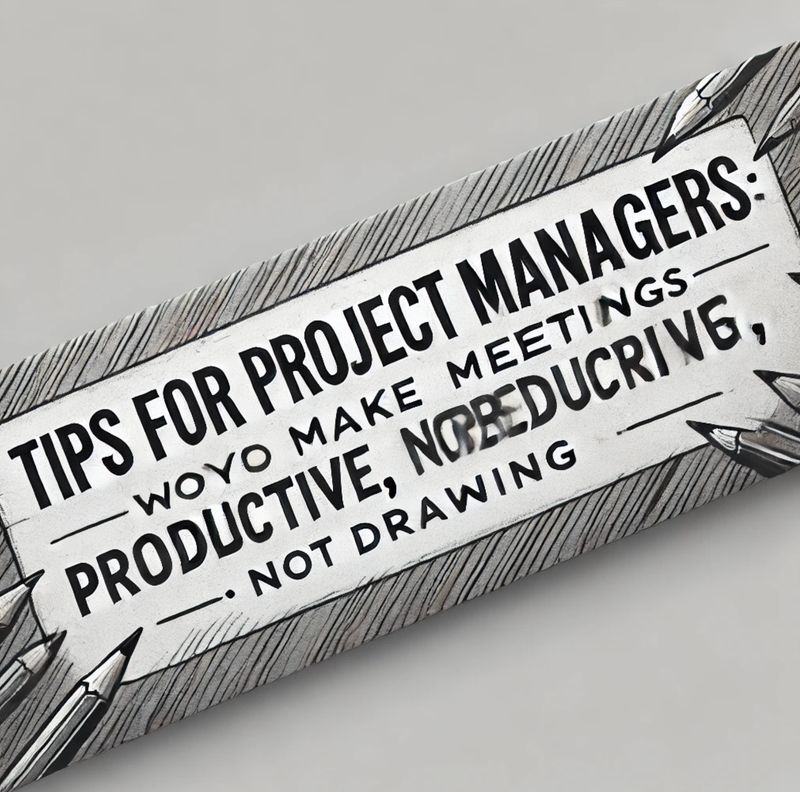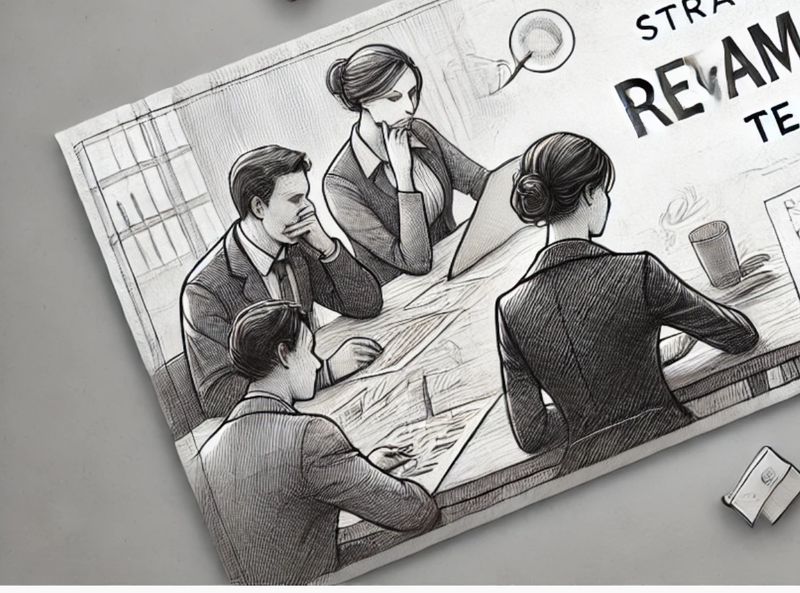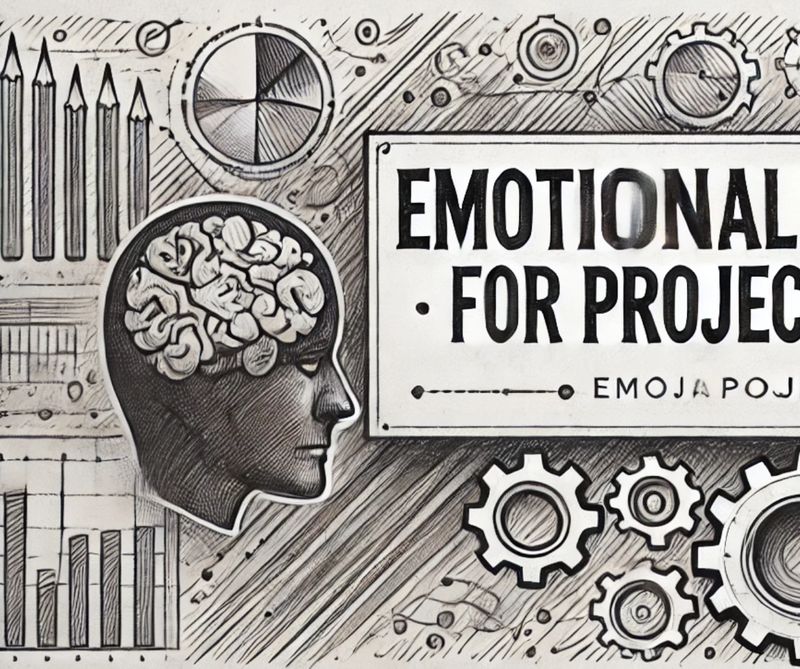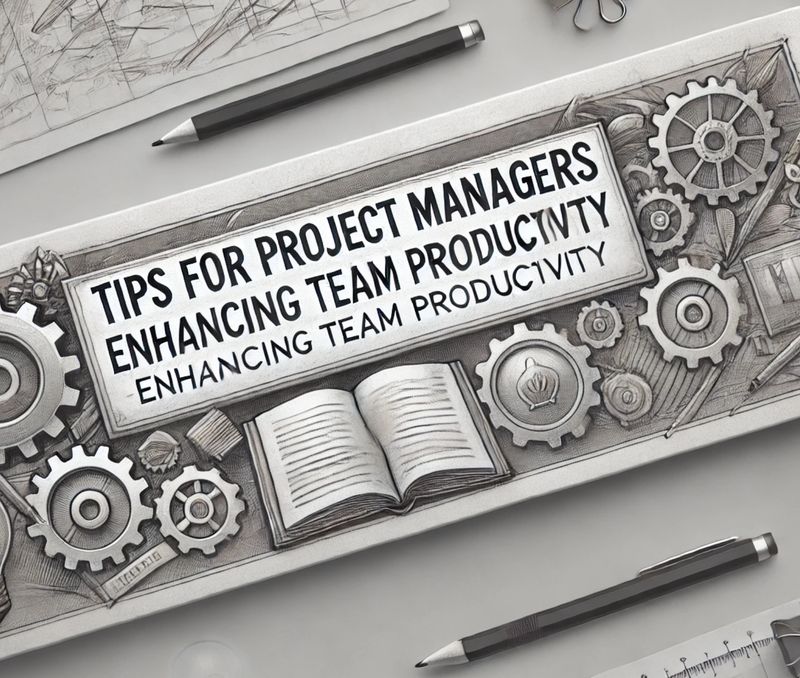The Importance of Documentation and How to Do It Right
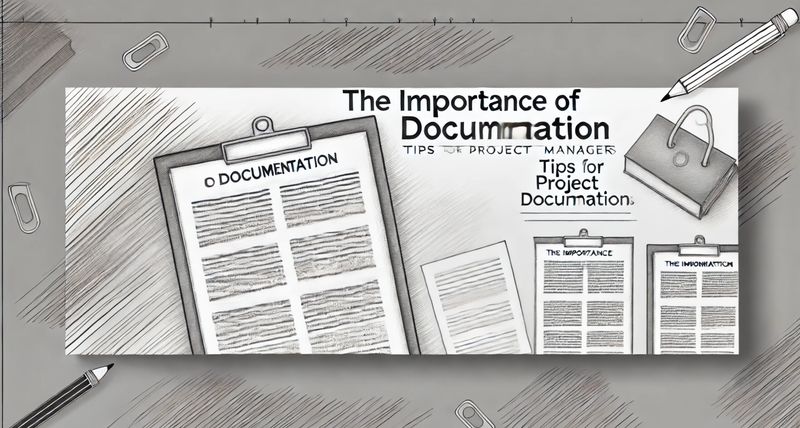
Why Documentation Matters in Project Management
Good documentation is like a map—it guides your team and stakeholders through the twists and turns of a project. It ensures clarity, consistency, and accountability, especially in complex or fast-paced environments. Without clear records, misunderstandings and wasted time can derail progress.
Reason 1: Documentation preserves essential project knowledge. For example, imagine your key developer leaves the team halfway through a project. If the technical specifications and decisions aren’t documented, the next person will have to figure it out from scratch. This can lead to delays and inconsistencies.
Reason 2: It helps align everyone’s expectations. For instance, when you document the project scope in detail, stakeholders can review and approve it. This minimizes the risk of someone saying later, "This isn’t what I expected."
Reason 3: It simplifies progress tracking and accountability. Writing down decisions, deadlines, and responsibilities ensures there’s no confusion about who’s supposed to do what by when. If something goes off track, documentation makes it easier to trace why and fix it.
Key Types of Documentation and How to Approach Them
In project management, documentation can take many forms. Let’s focus on three essential types that every project manager should understand: the project plan, meeting notes, and the lessons learned log.
1. The Project Plan
This is your high-level roadmap for the project. It includes objectives, timelines, milestones, and resource allocation. To create an effective project plan, start by clearly defining your goals. For example, if your team is building a website, you might outline objectives like designing the interface, developing the backend, and launching the site by a specific date. Be sure to include deadlines and who’s responsible for each task.
A practical tip: Use tools like Gantt charts or simple tables to visually represent your timeline. A well-organized project plan not only keeps your team focused but also reassures stakeholders that you’ve got everything under control.
2. Meeting Notes
Every meeting should result in clear, actionable notes. These notes capture what was discussed, decisions made, and next steps. For example, if a meeting concludes with assigning tasks to specific team members, note who’s doing what and when they’ll complete it.
A practical tip: Write notes in a structured format, such as "Topic Discussed," "Decisions Made," and "Action Items." Share these notes promptly after the meeting so everyone is on the same page. For informal brainstorming sessions, highlight key takeaways and any follow-ups required.
3. Lessons Learned Log
At the end of a project, take time to reflect on what worked well and what didn’t. This log is a valuable tool for improving future projects. For instance, if you discover that your communication tool caused confusion among team members, you can document the issue and recommend alternatives for next time.
A practical tip: Keep this log simple and focused. Highlight the biggest wins and challenges, and provide actionable suggestions. Share it with your team to foster a culture of continuous improvement.
Best Practices for Managing Documentation
Creating documentation is only half the battle—managing it effectively is just as important. Let’s explore how to keep your documentation organized, accessible, and up-to-date.
1. Keep It Centralized
Store all project documents in one accessible location. For example, use cloud-based platforms like Google Drive, Microsoft Teams, or a dedicated project management tool. This ensures that everyone can find what they need without sifting through endless emails or outdated files.
A practical tip: Establish clear naming conventions and folder structures. For instance, use names like "ProjectName_ProjectPlan_2024" so documents are easy to identify and search.
2. Review and Update Regularly
Documentation is only useful if it’s current. Set reminders to review key documents periodically. For example, update your project plan if deadlines change or add new action items to your meeting notes after follow-ups.
A practical tip: Assign someone on your team to oversee documentation updates. This doesn’t have to be a full-time role—it can be a rotating responsibility.
3. Simplify Where Possible
Overly complex documentation can discourage people from using it. Aim for clarity and brevity. For instance, instead of writing a long-winded report, use concise bullet points or summaries. Remember, your goal is to communicate, not to impress.
A practical tip: Include visual elements like charts, diagrams, or screenshots when appropriate. These can make information easier to digest and more engaging.

